Deciding whether or not to shoe a horse is a significant decision for any horse owner. The necessity of horseshoes can depend on various factors such as the horse’s work, environment, and individual hoof health. This article aims to delve deep into the topic of horseshoes, explore if all horses need them, and present insights that can help you make an informed decision.
The Basics of Horse Hooves
To understand the necessity of shoes, it is essential to grasp the anatomy of horse hooves. The hoof is a complex structure designed for weight-bearing and shock absorption. Like human fingernails, a horse’s hoof is made of keratin, which is durable but may require protection depending on conditions.
The Structure of the Hoof
- Wall: The outer part that protects the inner structures.
- Sole: The bottom surface that provides some protection.
- Frog: The V-shaped structure promoting blood circulation.
- Coronary Band: The area where the hoof grows from.
Do All Horses Need Shoes? An Overview
Not all horses require shoes. The decision is often based on their specific needs, including:
- Type of Work (racing, jumping, leisure riding)
- Hoof Health
- Environmental Conditions (hard ground vs. soft pasture)
- Horse Breed
Factors That Influence the Need for Shoes
1. Type of Work
Horses engaged in high-impact activities such as eventing or racing often need shoes for additional traction and protection. In contrast, leisure horses on soft ground may do well without them.
2. Hoof Health
Regular trimming, care, and the horse’s hoof condition play a critical role. Horses with weak or compromised hooves may benefit from the support shoes provide.
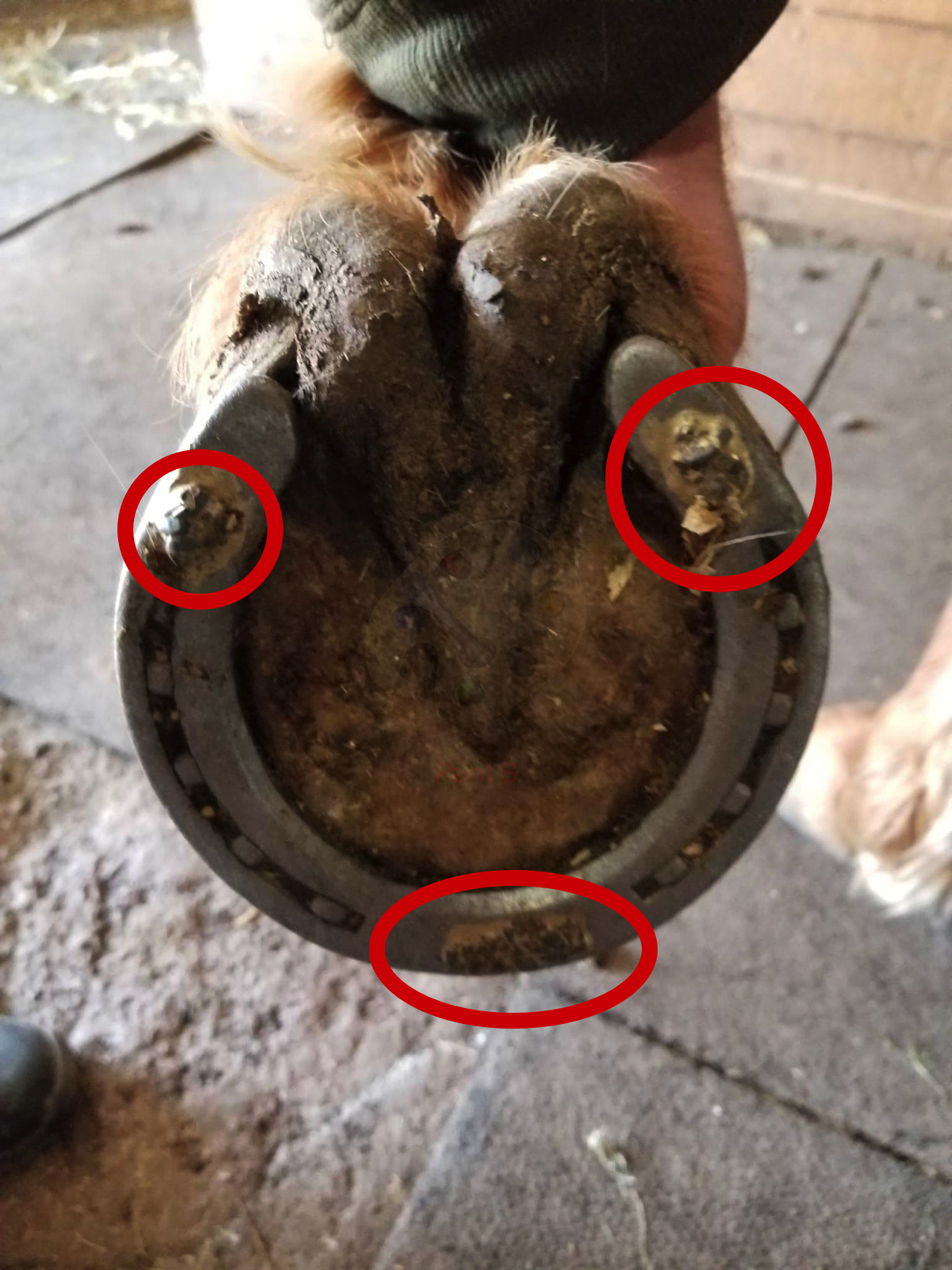
3. Environmental Impact
Hard, rocky, or abrasive terrain can lead to hoof damage, thus necessitating shoes. Conversely, horses grazing on soft pastures often do not need shoes.
4. Breed Consideration
Certain breeds may inherently have stronger hooves than others. For instance, Thoroughbreds typically have thinner hooves that may need shoeing, whereas Draft horses may not.

Pros and Cons of Shoeing Horses
Before deciding, it’s crucial to weigh the advantages and disadvantages associated with shoeing horses.
Pros of Horseshoes
- Protection: Protects from excessive wear and injury.
- Traction: Enhanced grip on various surfaces.
- Corrective Support: Shoes can aid in hoof growth and alignment.
- Performance: They’ve been shown to enhance performance in competitive settings.

Cons of Horseshoes
- Cost: Regular farrier visits can be expensive.
- Dependency: Horses may become reliant on shoes and struggle without them.
- Hoof Health: Improper shoeing can lead to hoof issues.
- Weight: Shoes add extra weight that can affect movement.
Alternatives to Horseshoes
For some owners, the idea of going barefoot is appealing. There are several alternatives to traditional shoes:
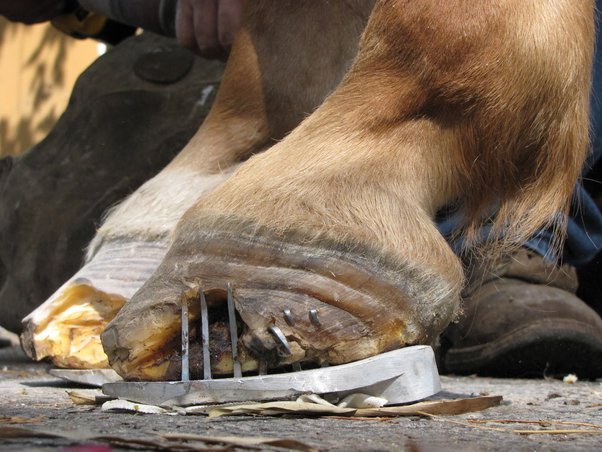
1. Hoof Boots
These are removable boots that provide protection and traction when needed. They’re an excellent option for trail riding or varying terrain.
Popular Brands
| Brand | Type | Price Range |
|---|---|---|
| EasyCare | EasyBoot | $60 – $120 |
| Renegade | Renegade Boot | $60 – $150 |
2. Regular Farrier Care
Consistent hoof trimming encourages healthy hoof development. A qualified farrier can help maintain a horse’s hooves without shoes in many cases.
3. Natural Care
Encouraging a natural hoof care approach, including providing adequate nutrition and pasture time, can foster strong hooves that may not need shoes at all.
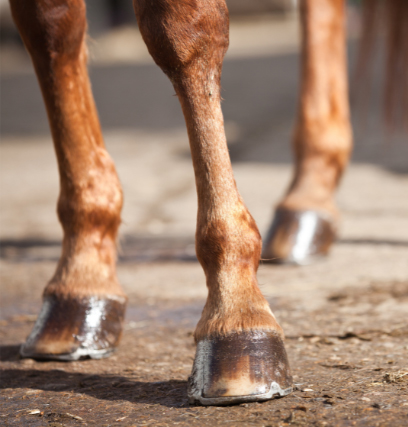
Regional Considerations in the USA
Different regions in the United States showcase varied environments that can impact hoof care:
1. Western USA
In arid states such as Arizona or Nevada, horses may have tougher hooves due to rocky terrain but still may require shoes for performance activities.

2. Eastern USA
In states with softer terraines, horses can often go barefoot, benefiting from natural wear.
3. Southern USA
Humidity and softer ground can lead to softer hooves, which can be susceptible to thrush and other hoof ailments; shoeing may be more prevalent.
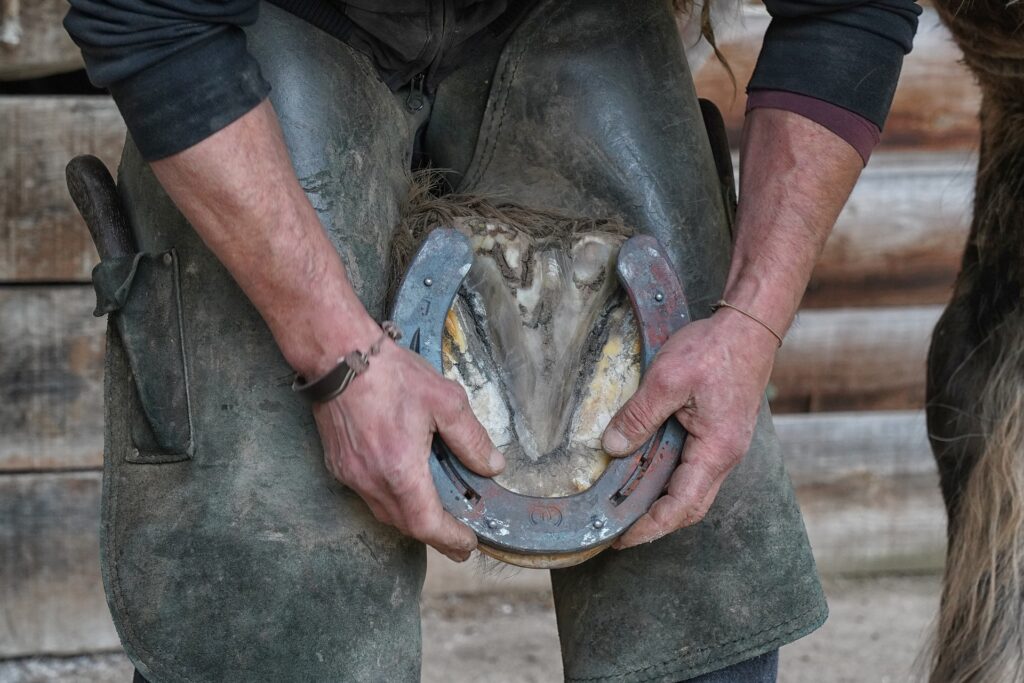
Cultural Insights Related to Horse Shoeing
The tradition of shoeing horses has deep cultural roots in various regions of the USA:
Horse Racing in Kentucky
Kentucky, known as the “Horse Capital of the World,” prioritizes shoeing for racehorses to enhance speed and control on tracks.
Western Riding Techniques
Western riders may choose to use hoof boots for their ranch work, allowing for flexibility when transitioning between varied terrains.
Tips for Horse Owners
Making an informed decision regarding horse shoeing includes several considerations:
1. Consult Your Veterinarian
Your vet can help assess hoof health and advise on the necessity for shoes or alternatives.
2. Work with a Qualified Farrier
A skilled farrier plays a crucial role in ensuring optimal hoof care whether you choose to shoe or not.
3. Observe Your Horse’s Behavior
Pay attention to your horse’s behavior during activities; signs of discomfort may indicate a need for reevaluation of hoof care.
4. Consider the Local Environment
Understand that local terrain can influence your choice for hoof care and shoeing.
FAQs about Horseshoes
1. Can horses go barefoot?
Yes, many horses can thrive without shoes, especially if they have strong, healthy hooves and are not engaged in high-impact activities.
2. How often should a horse’s hooves be trimmed?
Typically, every 6 to 8 weeks, but this can vary based on hoof growth and activity levels.
3. What is thrush, and how can it affect hoof health?
Thrush is a bacterial infection that can develop in the frog of the hoof, often associated with poor hygiene or wet conditions. It can cause pain and discomfort, leading to further hoof issues.
4. Are there specific horses that absolutely need shoes?
Horses involved in performance sports, heavy work, or those with damaged hooves may require shoes for proper protection and performance.
Conclusion
The decision on whether or not to shoe your horse is multifaceted, incorporating health, activity, and environmental factors. By understanding the anatomy of the hoof and considering the pros and cons, you can make an educated choice that best suits your horse’s needs.